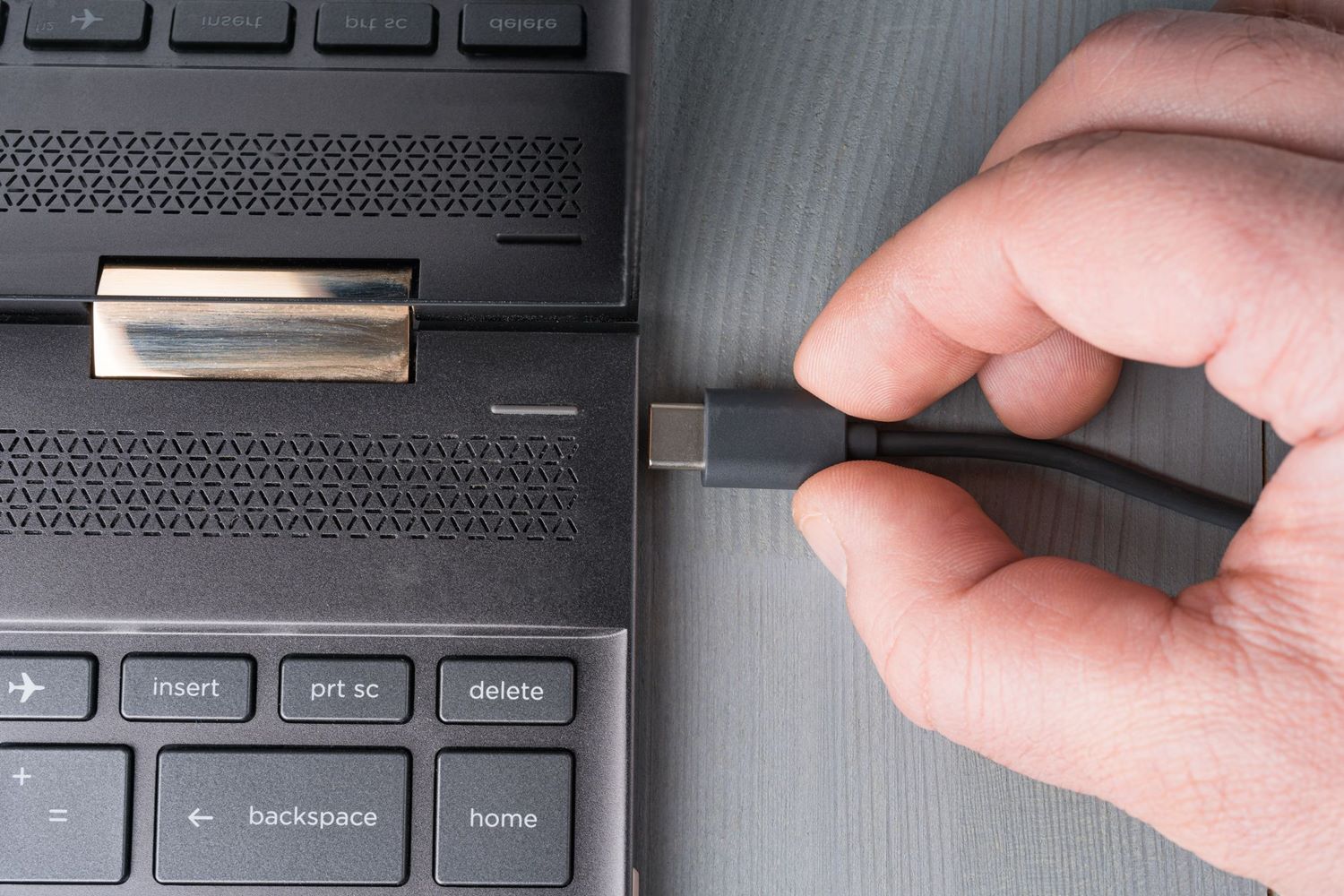Checking for Power and Data Connections
Before removing your laptop from the docking station, it’s crucial to ensure that all power and data connections are properly handled. Follow these steps to safeguard your device and prevent any potential data loss or hardware damage:
- Power Status: Check that your laptop is running on battery power. If it’s currently charging or connected to a power source, allow it to reach a sufficient charge or switch to battery power before undocking.
- Data Transfer: Ensure that all data transfers between the laptop and any connected peripherals or the docking station itself have been completed. This includes saving any ongoing work and closing applications to prevent data loss or corruption.
- Network Connectivity: If your laptop is connected to a wired or wireless network through the docking station, disconnect from the network to avoid potential network disruptions or data transmission issues.
By confirming these essential connections and making the necessary adjustments, you can minimize the risk of encountering power, data, or network-related issues when removing your laptop from the docking station.
Closing Applications and Saving Work
Prior to disconnecting your laptop from the docking station, it’s imperative to ensure that all applications are properly closed and any ongoing work is saved. This preventive measure helps to safeguard your data and maintain the integrity of your files. Here’s a step-by-step guide to effectively manage your applications and work:
- Save Your Work: Begin by saving any open documents, spreadsheets, or projects to prevent data loss. Verify that all changes have been successfully saved before proceeding.
- Close Applications: Once your work is saved, systematically close all running applications and software. This includes web browsers, email clients, and any other programs that may be active on your laptop.
- Check System Tray: Ensure that no applications are running in the background or are minimized to the system tray. Close any lingering processes to avoid potential conflicts or data discrepancies.
By adhering to these guidelines, you can effectively manage your applications and work, minimizing the risk of data loss or application-related issues when removing your laptop from the docking station.
Ejecting External Devices
Before removing your laptop from the docking station, it’s essential to properly eject any external devices connected to the docking station. This precautionary step ensures that all data transfers are completed, and the devices are safely prepared for disconnection. Follow these guidelines to effectively manage external devices:
- USB Drives and External Storage: Safely eject any USB drives or external storage devices that are connected to the docking station. This can be done by right-clicking on the device in the file explorer and selecting the “Eject” option to ensure that all data is written and the device can be safely removed.
- External Monitors or Displays: If your laptop is connected to external monitors or displays through the docking station, ensure that any extended or mirrored displays are properly disconnected or switched off to avoid display conflicts.
- Other Peripherals: If there are any other peripherals such as printers, scanners, or external input devices connected to the docking station, ensure that they are safely disconnected or powered off to prevent any potential hardware issues.
By adhering to these guidelines, you can effectively manage and eject external devices, minimizing the risk of data loss or hardware conflicts when removing your laptop from the docking station.
Disconnecting Cables from the Docking Station
Once you have ensured that all power and data connections are properly handled, and external devices are safely ejected, it’s time to disconnect the cables from the docking station. This process requires attention to detail to avoid any damage to the connectors or the docking station itself. Follow these steps to safely disconnect the cables:
- Organize Cables: Begin by organizing the cables connected to the docking station. Untangle any twisted cables and ensure that they are free from obstructions or entanglements.
- Gently Remove Cables: Carefully disconnect each cable from the docking station, ensuring that you apply equal and gentle force to avoid bending or damaging the connectors. If any cables are firmly attached, use both hands to steadily release them from the docking station.
- Inspect Connectors: After disconnecting the cables, inspect the connectors for any signs of damage or wear. Ensure that the connectors are clean and free from debris to maintain optimal connectivity.
By following these steps, you can safely disconnect the cables from the docking station, minimizing the risk of damaging the connectors or the docking station itself.
Safely Removing the Laptop from the Docking Station
After ensuring that all power and data connections are properly managed, external devices are safely ejected, and cables are disconnected from the docking station, it’s time to safely remove the laptop. This final step requires attention to detail to prevent any damage to the laptop or the docking station. Follow these guidelines to safely remove the laptop from the docking station:
- Release Mechanism: If your docking station has a release mechanism, ensure that it is engaged or activated to release the laptop securely. Follow the manufacturer’s guidelines for the specific docking station model.
- Steady Removal: With both hands, gently lift the laptop from the docking station, ensuring that it is lifted evenly and steadily to avoid putting strain on the connectors or the docking station.
- Inspect Connectivity: After removing the laptop, inspect the docking station’s connector and the laptop’s port for any signs of damage or wear. Ensure that both are clean and free from debris to maintain optimal connectivity.
- Secure the Laptop: Once the laptop is removed, place it on a stable surface and ensure that it is secure before resuming use or transport.
By following these guidelines, you can safely remove the laptop from the docking station, minimizing the risk of damage to the laptop or the docking station and ensuring a smooth transition to standalone use or mobility.

